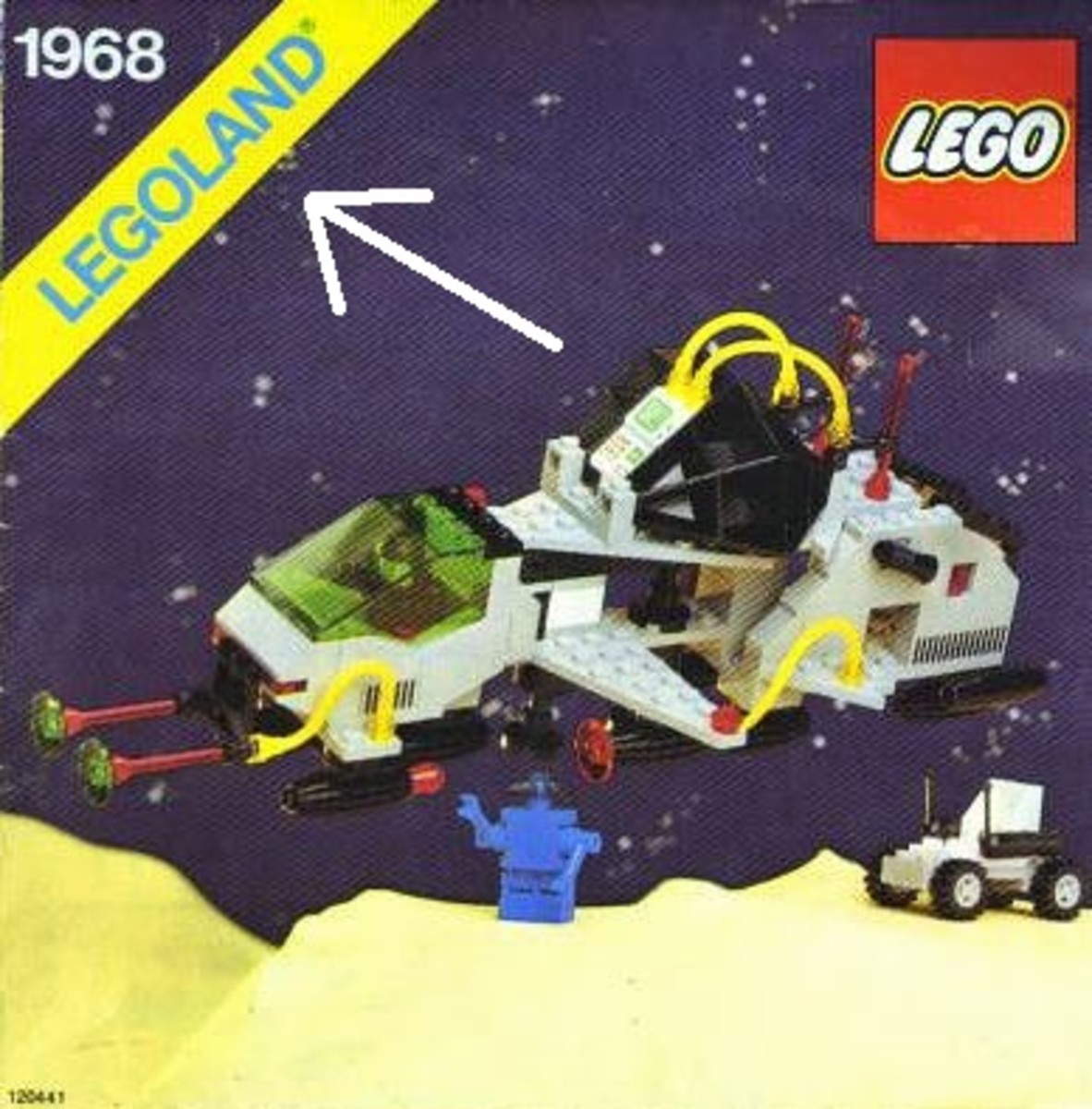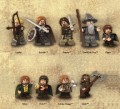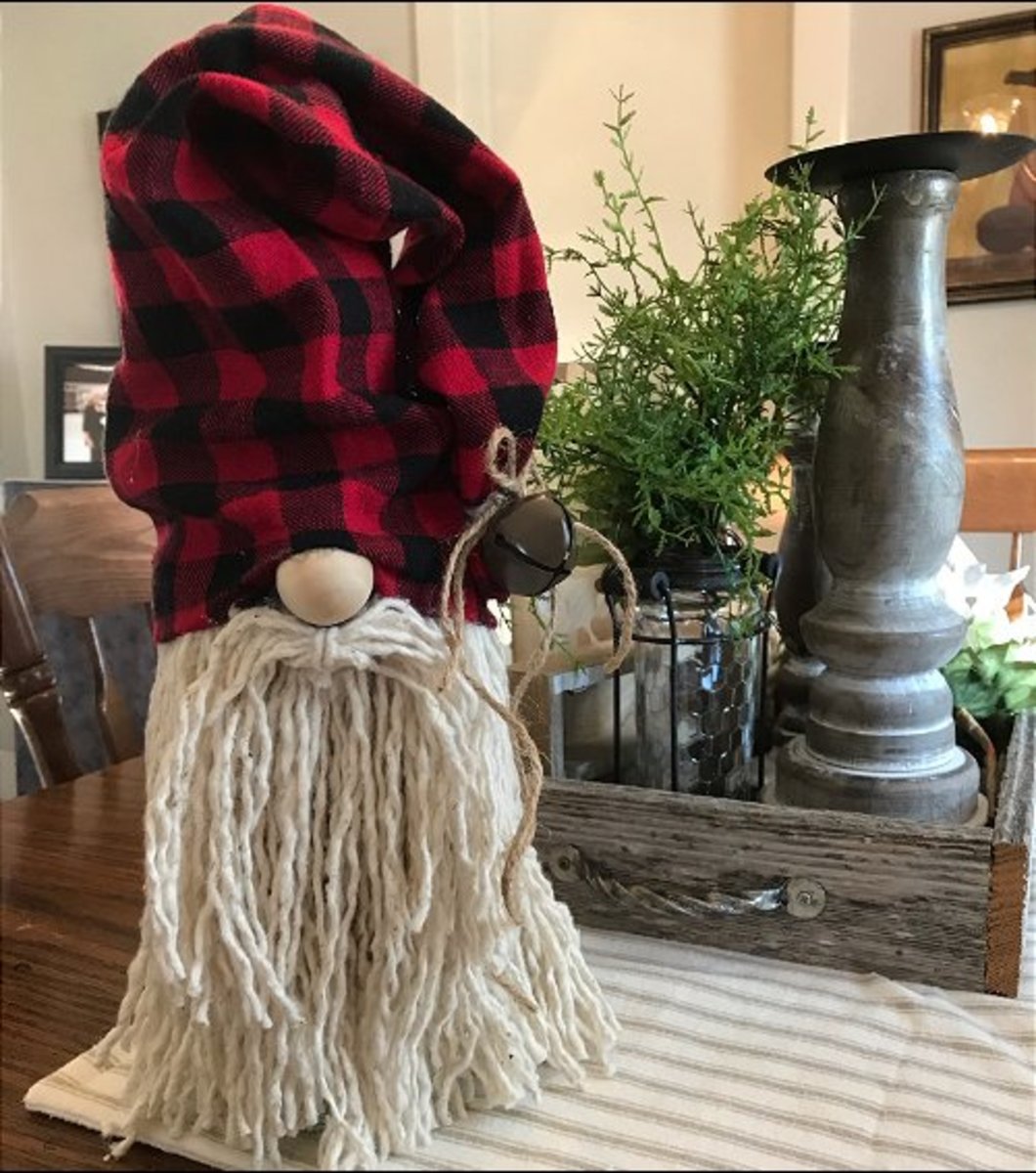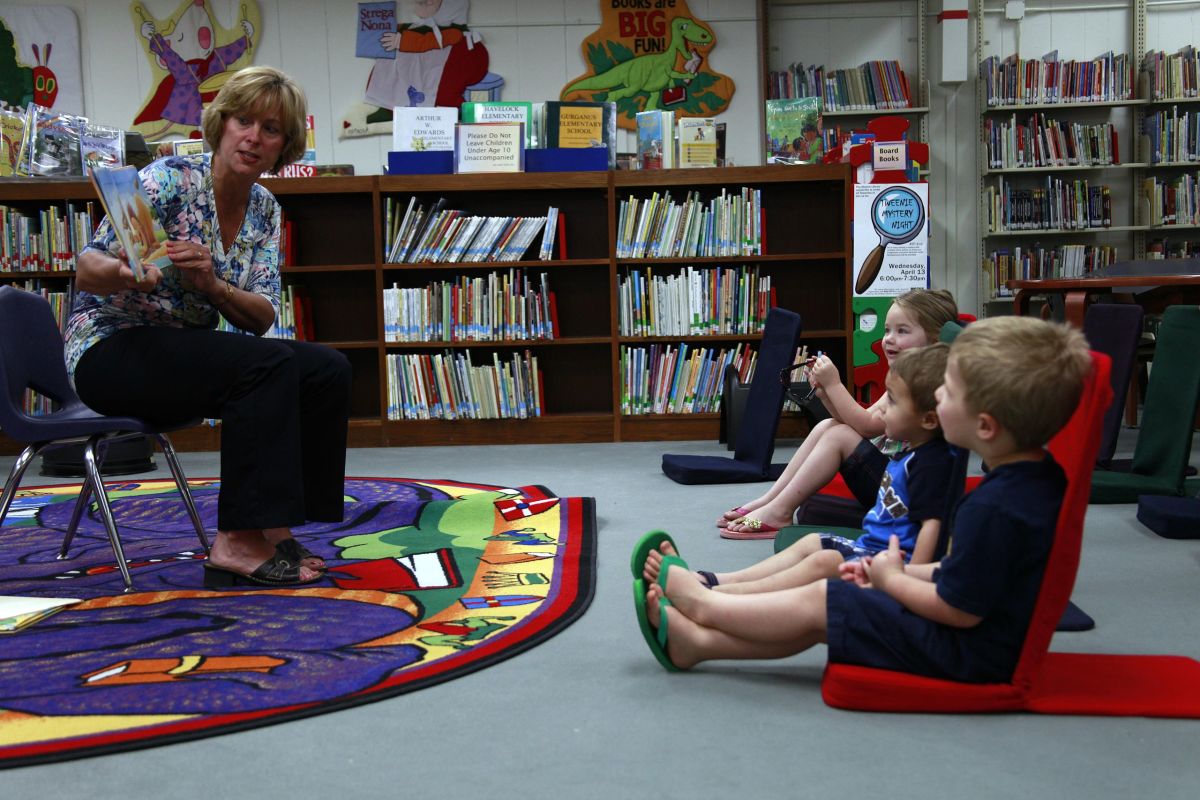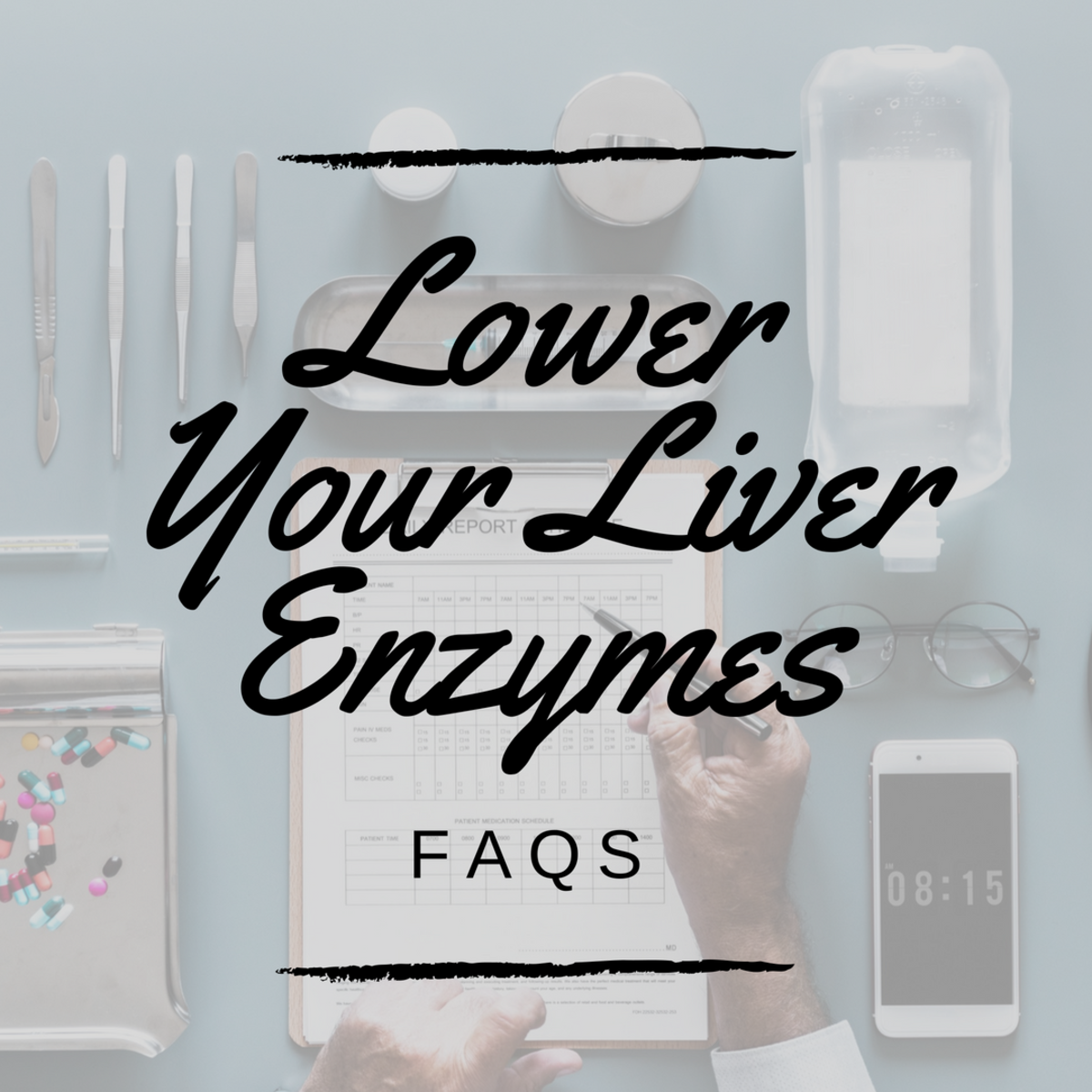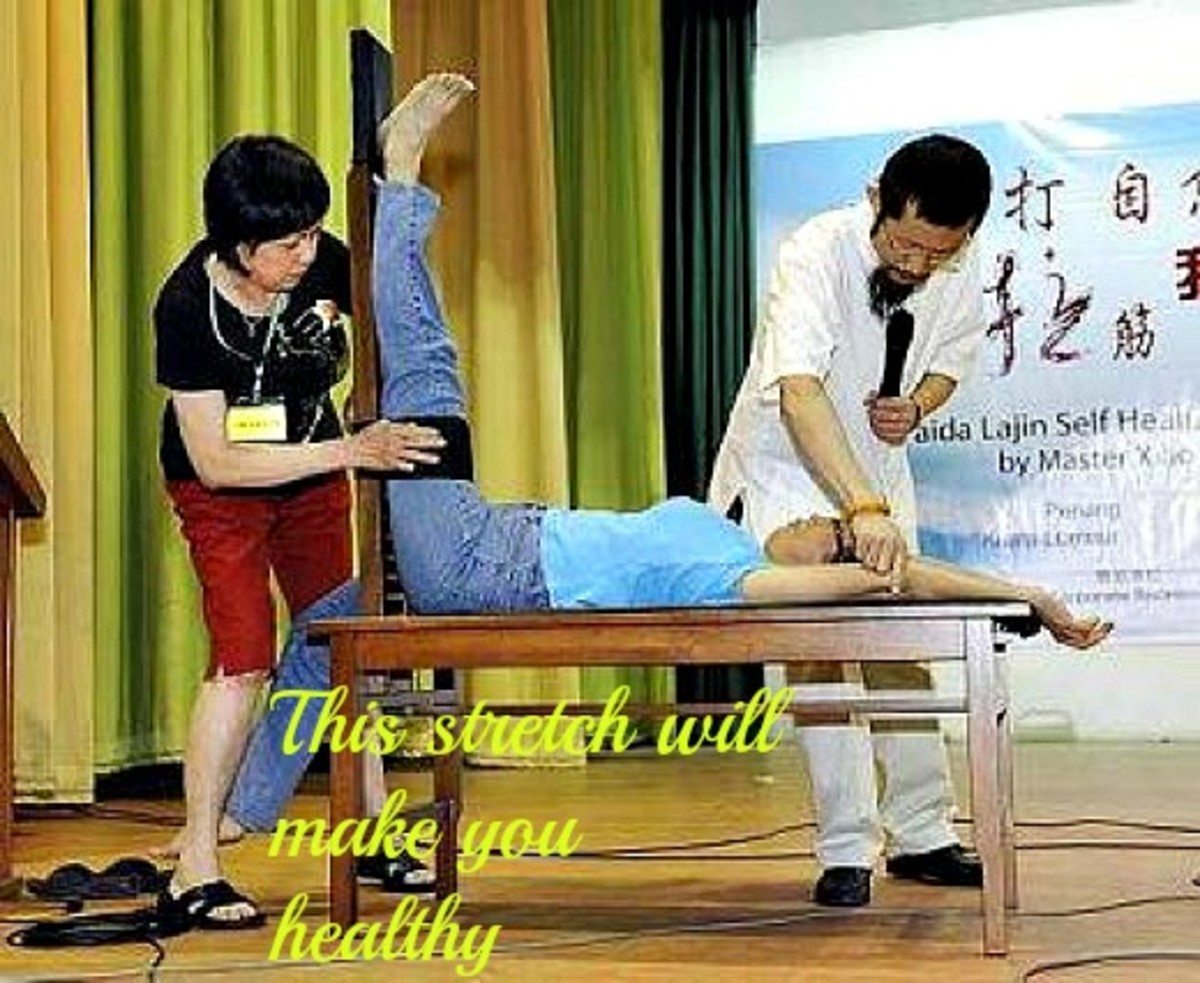How to Memorize Quickly and Easily
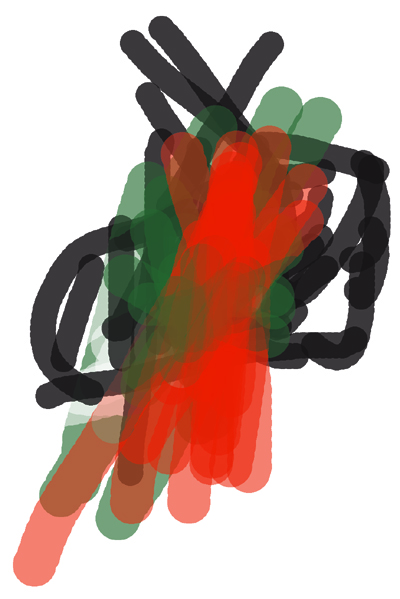
Have you ever thought of something in the middle of the night, tried to remember it, but then forgot it the next morning? Have you ever been driving, remembered or thought of something important, but couldn't write it down? Have you ever wished you could write a mental list that you could remember until you checked it off? If you've had trouble with mental lists, then this article should help: You can now remember things without much memorization. It involves visualization through story-telling.
I'll teach you how to remember a list of twelve things. Later, you can add your own method for a longer list, but I usually don't need to go more than 12.
Start with one: Think of something that rhymes with one: Gun! Then go to two: What rhymes with two? Glue! Continue on with three through 12: Tree, Door, Hive, Mix, Heaven, Gate, Mine, Hen, Leaven, and Shelf. Now, make your list. Let's say it's a grocery list. You need ham, cheese, milk, salt, cookies, butter, bread, celery, apples, lettuce, ice cream, soda pop, and mayonnaise. Don't worry if you see thirteen items, when I promised you twelve things. I'll explain that part when it comes up.
So let's start with your number one item: "One" rhymes with "gun." The item is "ham." Now, visualize a story in your mind about a "gun," and how it relates to "ham:" Here's a possible story: You pull out your "gun," and point it to a pig. You shoot it and lo, you have the makings of "ham." Item number "two" can be "cheese" and "milk" together, because the two are related, especially if you think of a good story for them. "Glue" rhymes with "two," so you start with the bottle of "glue" and you look at it for a while. You look at it so long, that you start getting thirsty, because the bottle of "glue" reminds you of something: a bottle of "milk!" You try to open it, but you've been staring at it so long that the glue has dried up. You add a little water to loosen it up. But by now the glue has turned into a bottle of milk and your water is vinegar. So the vinegar has changed the milk to "cheese."
Next, is "salt." This is item number "three," which rhymes with "tree." Picture the "tree" in winter time; thus, there's snow on the tree. You go up to the "tree" and shake it, and the snow on its branches fall on you. You brush the snow off your shoulder and note that it feels grainy. So you dab it with your finger and taste it. Lo and behold, it tastes like "salt." Next: "four, door, cookies:" You go up to the "door" of your long-lost sister and knock on it. She answers the "door," then says, "I don't know you." You try everything you know to get her to remember you, until she finally says, "I'm a hopeless geek: everything I do, I do like a computer. If you were to enable "cookies," I would remember you, the next time I saw you."
"Five, hive, butter:" This could have been included with milk, as butter comes from the cream in milk, but just to show that anything can be associated with anything else, we'll treat it separately: Think of a bee "hive." It sits in a tree under a cliff. On the precipice of the cliff, a picnicking family just spilled a gallon of whole milk. The milk trickles off the cliff, and falls onto the bee "hive." The bees inside come out to see what's happening, and they try to avert the trickle of milk. But they have to move fast to do this. They move so fast, that the yellow stripes on their bodies look like yellow stripes of "butter." In case no "butter" imagery comes at this point, you can continue the story, saying that the bees were moving the milk so fast, that it turned to "butter," the same color as their stripes.
For the rest I'll be less thorough, because I'm sure you get the picture by now, and can fill in the blanks: Six, mix: You "mix" bread. Seven, heaven: You look up into "heaven" and see rays of light coming from heaven. One ray has many thin rays in it. It makes it look just like a celery stick. Eight, gate: This gate has spikes, a nice place to spike apples. Nine, mine: People try to rescue miners, half of them women. They like being marooned with women, so they tell the rescuers, " "Lettuce" alone." Ten, hen: The hen lays an egg in icy weather, giving birth to "ice cream." Eleven, leaven. The cook reaches for leavening in a shelf above the dough, and knocks something else into the batter that causes a similar reaction: it fizzes. Turns out it was "soda pop." Twelve, shelf: "Shelf" is almost like "shell." All you have to do is remove the "f" and you have the "shell." Why does the shelf have shells? Because that's where you put all the egg "shells," after you made your Last batch of "mayonnaise" (which has a lot of eggs in it).
Now that you've read this article and visualized each item, close your eyes and go through the list of groceries. You should be able to remember each one. This list is very random. I didn't structure it to fit the rhyming words, because I know you can associate any item with any other item, given that you have an imagination, which I know you do, because imagination is a product of intelligence. If you can't remember the list, practice the concept, and you'll get good at it, just like any type of practice will improve the thing you're working at. After randomly selecting the items, and going through a mental visualization process, I was able to remember the list well enough to type the rest of the article without referring back to the list.
You can utilize this concept using only one image, and go through many items, and not just a shopping list. Item number two, that included two items, is an example of this. You can tell a story where several things are linked together, flowing from one to the other because of the sequence of events in your story. Thus, you wouldn't need numbers; just an image you can remember and start with.
Don't forget this important point: When you visualize an object, don't start with the thing you want to remember, or it could fail: start with the image you know, such as the image that rhymes with the number you're on. Then let that image lead to the thing you wish to remember.
Well, now you can hide your pencil-sharpener, and go to the store with a smile on your face, rather than a slip of paper in your pocket (except for the money; you'll need that!).

